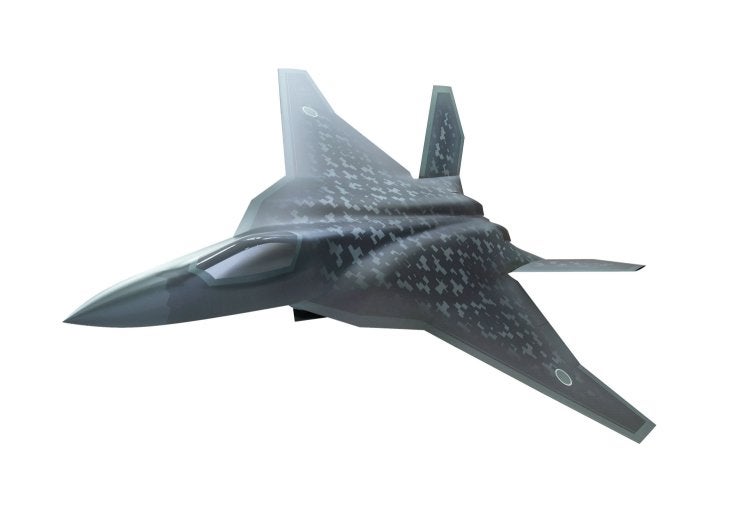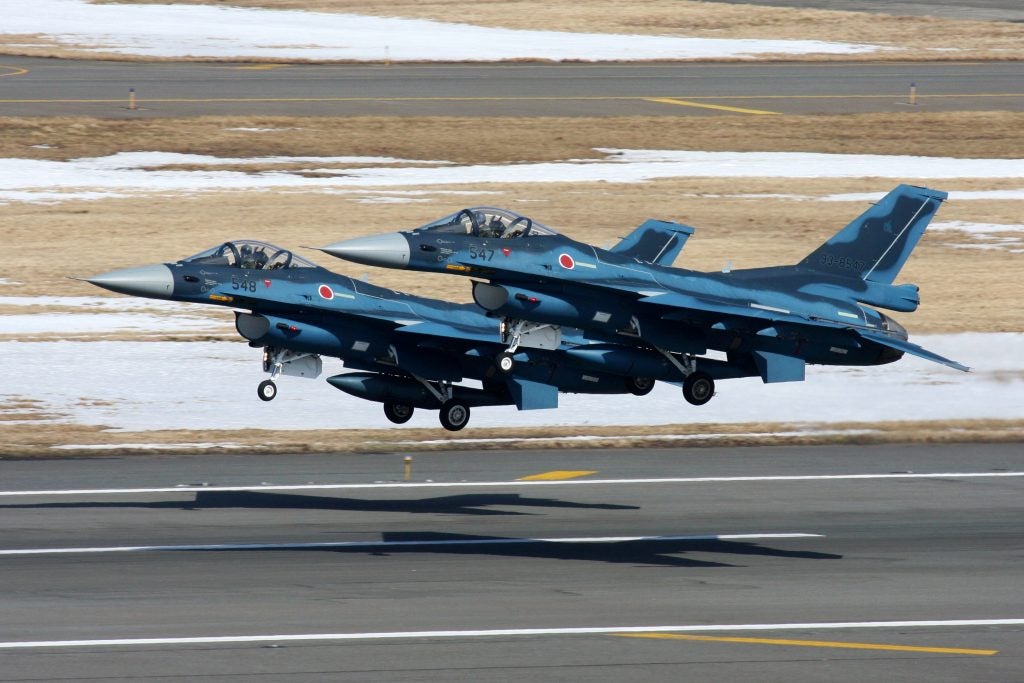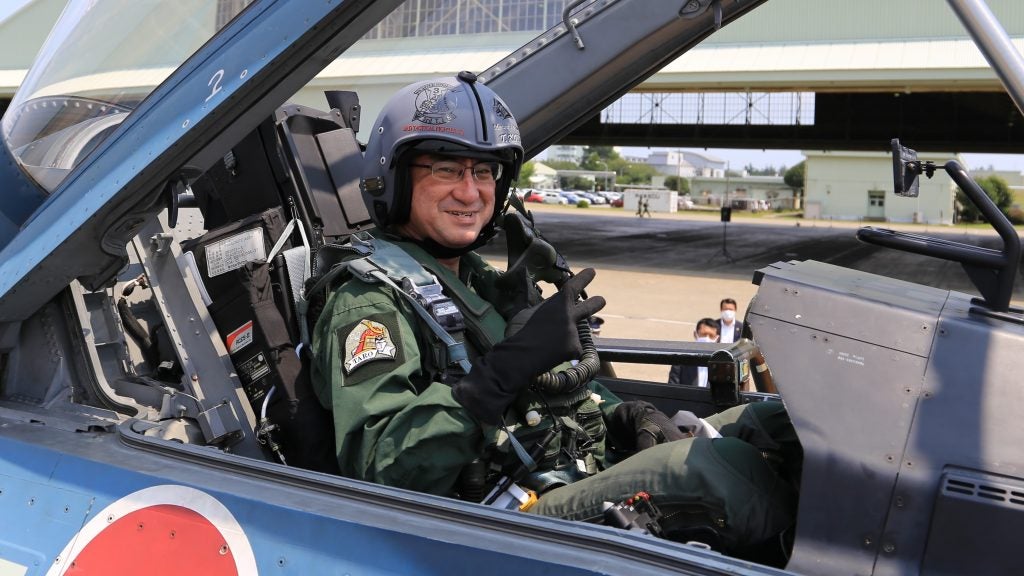Development of F-2 Replacement To Emphasize Freedom Of Modification
The Japanese Minister of Defense, Taro Kono, stated on 31 July that the Ministry of Defense was looking into the drafting of a framework agreement for international collaboration for the development of the successor to the F-2 (also known as the F-X or F-3), with the United States and United Kingdom described as potential candidates for collaboration.
During remarks to the media, the minister noted that two main points of contention for the framework agreement would be the guaranteeing of freedom of modification of the resulting aircraft, as well as a means to keep development costs low. Japan will be leading overall development, with the goal of mass-producing the aircraft by fiscal year 2031, in advance of the planned retirement of the F-2 in fiscal 2035.

In addition to the emphasis on the criteria for collaboration, Kono said that the government will sign a contract with a prime contractor that will serve as the lead systems integrator on the project, with the development of the aircraft’s radar and other systems to be subcontracted to other countries. While an official statement has yet to be made, Mitsubishi Heavy Industries will most probably be said prime contractor, given its long experience with combat aircraft manufacturing, including that of the F-2 and its current operation of the Japanese F-35 Final Assembly and Check Out (FACO) facility in Nagoya.
The emphasis on freedom of modification of the aircraft is almost certainly a lesson learned from the FS-X project that led to the F-2, which saw “flowback” of Japanese technology used in modifications to the F-16 design used as a base as a result of US domestic political pressure. Despite that, the resulting F-2 was significantly different from the F-16, implementing advanced indigenous technologies and giving Japanese industry valuable experience in developing a modern combat aircraft, while effectively locking American industry out of the design phrase’s most critical parts. Mark Lorell’s assessment of the FS-X program for the RAND Corporation even quotes a senior Japanese defense expert as saying at the time “It (FS-X program) will be a success if we never repeat it again!”

More recently, Japan’s bid to become an F-35 development partner following Turkey’s expulsion was rebuffed, ostensibly due to the end of the development phrase on the F-35. Despite this, Japan recently had its $23.11 billion purchase of 63 F-35As and 42 F-35Bs approved, the second largest US Foreign Military Sale to date. Additionally, the Japanese government recently reiterated its commitment to F-35 assembly in Japan, after initial reports late last year suggested that it would be reversing its decision to import aircraft from the US instead of local final assembly.
While the Japanese government states that improvements to the assembly process make aircraft assembled at the Nagoya FACO cheaper than aircraft imported, it is impossible to deny the importance of Japanese industrial interests to the decision, particularly gaining experience on assembling and maintaining stealth aircraft. What they didn’t get from the F-35 program, they’re almost certain to try again with F-X, something any prospective partner is likely to keep in mind.

